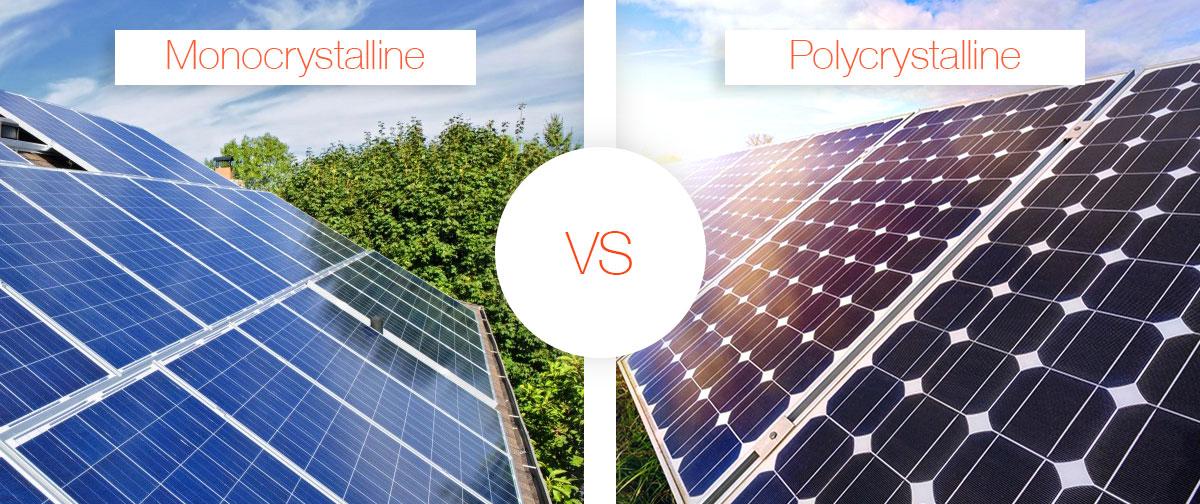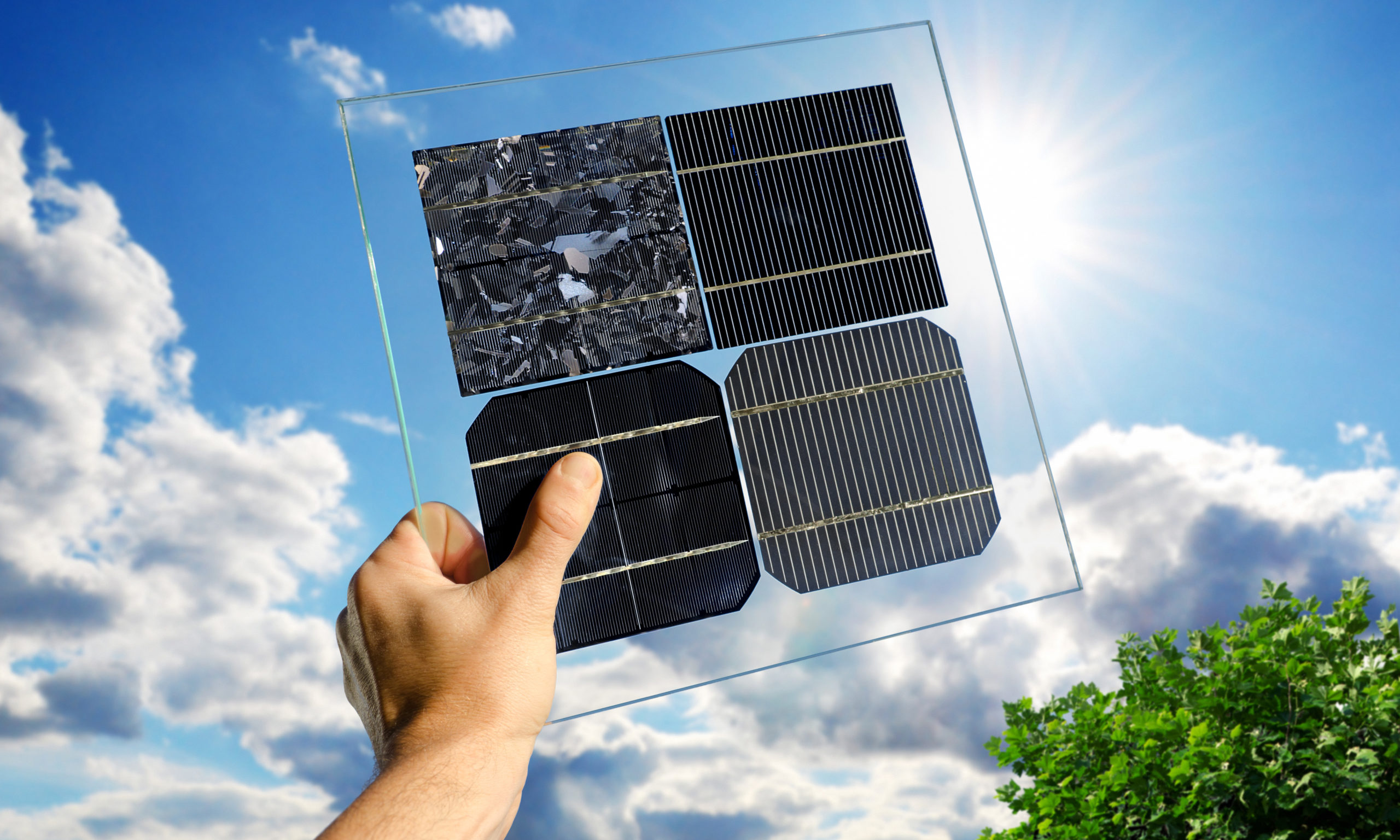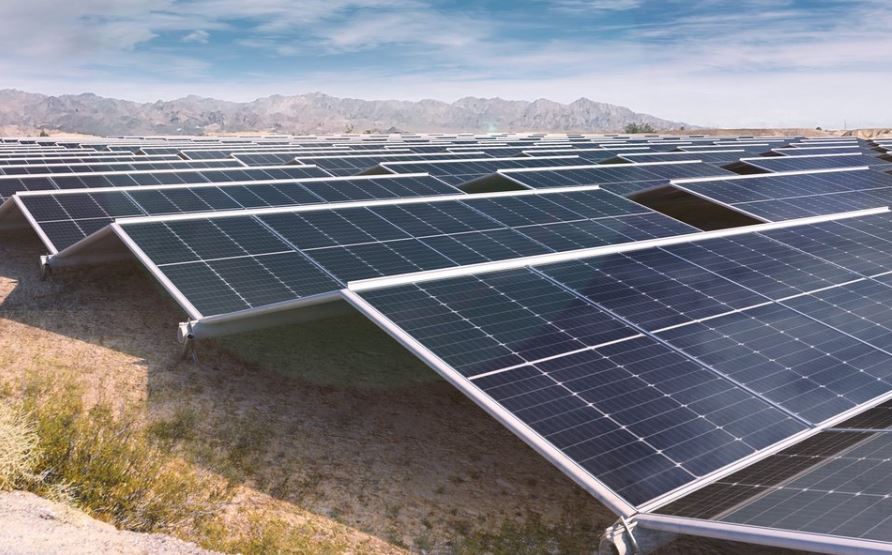The energy generation of mini solar panels mostly relies on their watts and sunshine status. In simple terms, when the sun is shining strongly on an average day, a 5-watt mini solar panel will generate enough electricity details. It can produce 25 watt-hours (Wh) per day if the daily sunlight duration is about 5 hours. And this is sufficient to power a small electronic device, such as an iPhone, 2 – 3 times. To make use of it, you have to stick the panel in direct sunlight and clean off any dirt from its surface so that way, all you would need is a maximum amount of power output.
Specifications and Power
They range in power from 1 watts to max: 20 watts. Normal sizes are 5 watts, 10 watts and 20 watts. At present, suitable for low-powered devices. However, from this, it is clear that they are only able to power small-scale devices such as handheld gadgets and portable chargers. A 10-watt panel of about 30 cm x 30 cm can be used for medium-power applications — top-up your mobile phone, run small fans in the night, or coolers on a mini-retreat. Larger 20-watt models, around 40 cm x 40 cid be used for larger power-hungry devices, the same as other sizes with higher power requirements.
There are different specifications of panels on the market and different performances in real applications. This means that even when under full sunlight, a 5-watt panel can only give you 5 watts-hour in an hour while the same area containing a 10-watt power solar module will generate at least twice those of the value. The types of figures help in the future to predict real performance you can obtain with different panel sizes so you choose the best size needed for your purposes.
Calculating Power Generation
It's truly impressive how a 5-watt solar panel can efficiently convert sunlight into energy. In full sun, it can produce 5 watt-hours (Wh) per hour, and with 5 hours per day of sunlight, it can generate a total of 25 watt-hours (Wh) daily. A 5-watt panel can power a small fan rated 2 watts for approximately 12 hours. Similarly, a 10-watt panel can produce around 50 watt-hours (Wh) daily, enough to power an LED light with a consumption of about half that amount for the whole night — a testament to the efficiency of solar panels in providing natural lighting full-time.
But in less optimal environments, say on a cloudy or rainy day, power production could drop to 20-50 %. Tack on a bit of loss in actual power output due to the fluctuations and that 10W panel generates more like 25-40 watt-hours (Wh) per day.
Factors Affecting Power Generation
The intensity of sunlight, its angle to the solar panels, as well as other elements like weather conditions and panel efficiency, play a vital role in power output. The base intensity of sunlight is 1000 watts per square meter, and the efficiency range in solar panels is between 15%-20%. A 5-watt panel with 15% efficiency at peak sunlight hours (1000 watts per square meter) generates enough energy to produce,(for example), five watt-hours in one hour. If a panel is completely covered by 2 mm of dust, its performance might drop to only between 30-50%, so you would end up with less than half the promised output per day – which would put it at below 3.5-watt hours (Wh) or even lower.
The angle of installation is a key factor influencing power generation. Ideally, solar panels should be installed at 15°-30°F to have optimal sunlight exposure. Deviating from this optimal angle by about ±5°-±10 ° can lead to a loss of between 5% and 10% in power output. This underscores the importance of correct installation and ongoing maintenance, which are crucial in increasing power production.
Practical Applications of Mini Solar Panels
A 5-watt panel can power a small fan of about half the wattage (2 watts) for up to twelve hours before running out of juice. A 10-watt panel for a nightly use of about ten hours in the garden or during camping. A 5-watt panel could also keep running a fairly basic wireless sensor that uses only about 1 watt of power and does not need to shut down or pause for a charge at all during the full daylight hours, which might be practical for data logging (even when the sun is shining part-time), environmental monitoring etc.
Ideal for home use as backup power, e.g., during load-shedding or emergencies. A 5-watt panel will provide a basic wireless network device with enough power to stay online for about five hours, allowing the user access to basic internet. A 10-watt panel provides a longer backup power, which takes care of Basic needs such as small household appliances.
Economic and Environmental Benefits
They are a great way to cut down your electricity bills in the long run. A 5-watt panel could save $1-$2 per month in electricity costs at current local rates of consumption and electricity prices. Solar panels, as a green renewable energy source, decrease our dependence on conventional electricity and also cut down carbon emissions from coal-powered plants. A 5-watt panel can reduce carbon dioxide by about ten kilograms per year, making you a responsible and proactive contributor to the environment.
Though the mini solar panel's cost of initial investment is high—the savings on electricity, as well as reduced environmental impact over ten years, will make their economic and environmental value even more appealing. Solar panels are a sustainable tech that works, and investing in them will be worth it for their contribution to the long-term benefits of your wallet as well as the impact on those around you living with environmental integration.



